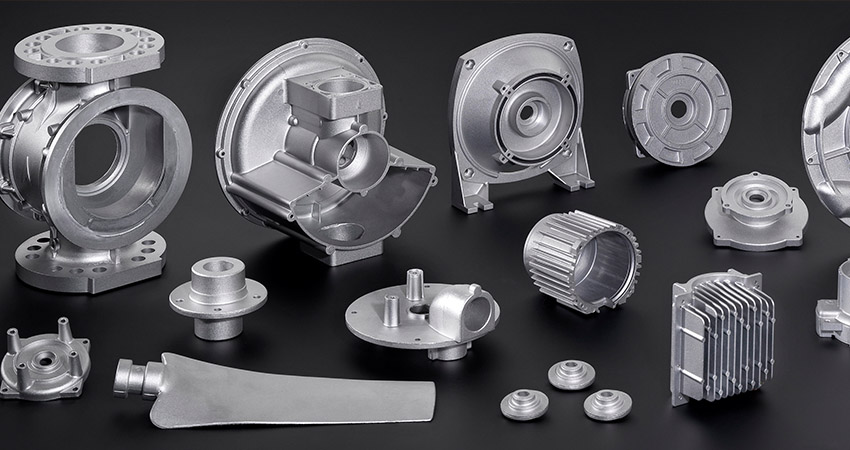
Aluminum extrusion is a process that has been revolutionizing industrial manufacturing in recent years. This innovative technique allows for the creation of complex shapes and designs with aluminum, making it a versatile and cost-effective solution for a wide range of industries. From automotive to aerospace, construction to electronics, aluminum extrusion is shaping the future of manufacturing in remarkable ways.
The Basics of Aluminum Extrusion
Aluminum extrusion is a manufacturing process that involves shaping aluminum by forcing it through a die to create a specific cross-sectional profile. The process starts with a solid, cylindrical aluminum billet being heated to a predetermined temperature. The heated aluminum is then pushed through the die using a hydraulic press, resulting in the desired shape or profile. Once extruded, the aluminum is cooled and cut to the required length.
Benefits of Aluminum Extrusion
- Cost-effective: Aluminum extrusion is a cost-effective manufacturing process, as it allows for the creation of complex shapes with minimal waste.
- Lightweight: Aluminum is a lightweight material, making it ideal for applications where weight is a concern, such as in the automotive and aerospace industries.
- Strong and Durable: Despite its lightweight nature, aluminum is a strong and durable material, offering excellent strength-to-weight ratio.
- Corrosion-resistant: Aluminum has natural corrosion-resistant properties, making it suitable for a wide range of environments and applications.
- Design flexibility: Aluminum extrusion allows for the creation of complex shapes and designs, offering designers and engineers greater flexibility in their projects.
Applications of Aluminum Extrusion
Aluminum extrusion has a wide range of applications across various industries, thanks to its numerous benefits and versatile nature. Some common applications of aluminum extrusion include:
Automotive Industry
- Aluminum extrusion is widely used in the automotive industry for the production of structural components, body panels, and trim pieces.
- The lightweight nature of aluminum helps improve fuel efficiency and overall performance of vehicles.
Aerospace Industry
- Aluminum extrusion is used in the aerospace industry for the manufacturing of aircraft components, such as fuselage frames, wing spars, and interior fittings.
- The strength-to-weight ratio of aluminum makes it an ideal material for aircraft construction, reducing fuel consumption and emissions.
Construction Industry
- Aluminum extrusion is commonly used in the construction industry for the production of window frames, door frames, curtain walls, and structural support systems.
- Its corrosion-resistant properties make aluminum extrusion suitable for both interior and exterior applications in buildings.
Electronics Industry
- Aluminum extrusion is utilized in the electronics industry for heat sinks, LED lighting fixtures, and electronic enclosures due to its thermal conductivity and design flexibility.
- The lightweight and durable nature of aluminum make it an ideal material for electronic components.
Future Outlook
The future of aluminum extrusion in industrial manufacturing looks promising, with ongoing advancements in technology and growing demand for sustainable and eco-friendly solutions. Some trends and developments shaping the future of aluminum extrusion include:
Advanced Extrusion Techniques
- Continuous advancements in extrusion technology are enabling the production of more complex shapes and designs with higher precision and efficiency.
- New alloys and composite materials are being developed to enhance the properties of aluminum and expand its applications in various industries.
Sustainable Manufacturing Practices
- Aluminum extrusion offers a sustainable manufacturing solution, as it is a recyclable material with low energy consumption during production.
- Manufacturers are increasingly adopting eco-friendly practices and using recycled aluminum to reduce their environmental impact.
Integration of Digital Tools
- Digital tools such as computer-aided design (CAD) and simulation software are being integrated into the aluminum extrusion process to optimize designs and enhance manufacturing efficiency.
- Virtual prototyping and testing help streamline the production process and reduce time to market for new products.
In conclusion, aluminum extrusion is revolutionizing industrial manufacturing by offering a cost-effective, versatile, and sustainable solution for a wide range of industries. With ongoing innovations and developments in technology, the future of aluminum extrusion looks bright, promising even greater efficiency, precision, and design possibilities for manufacturers worldwide.